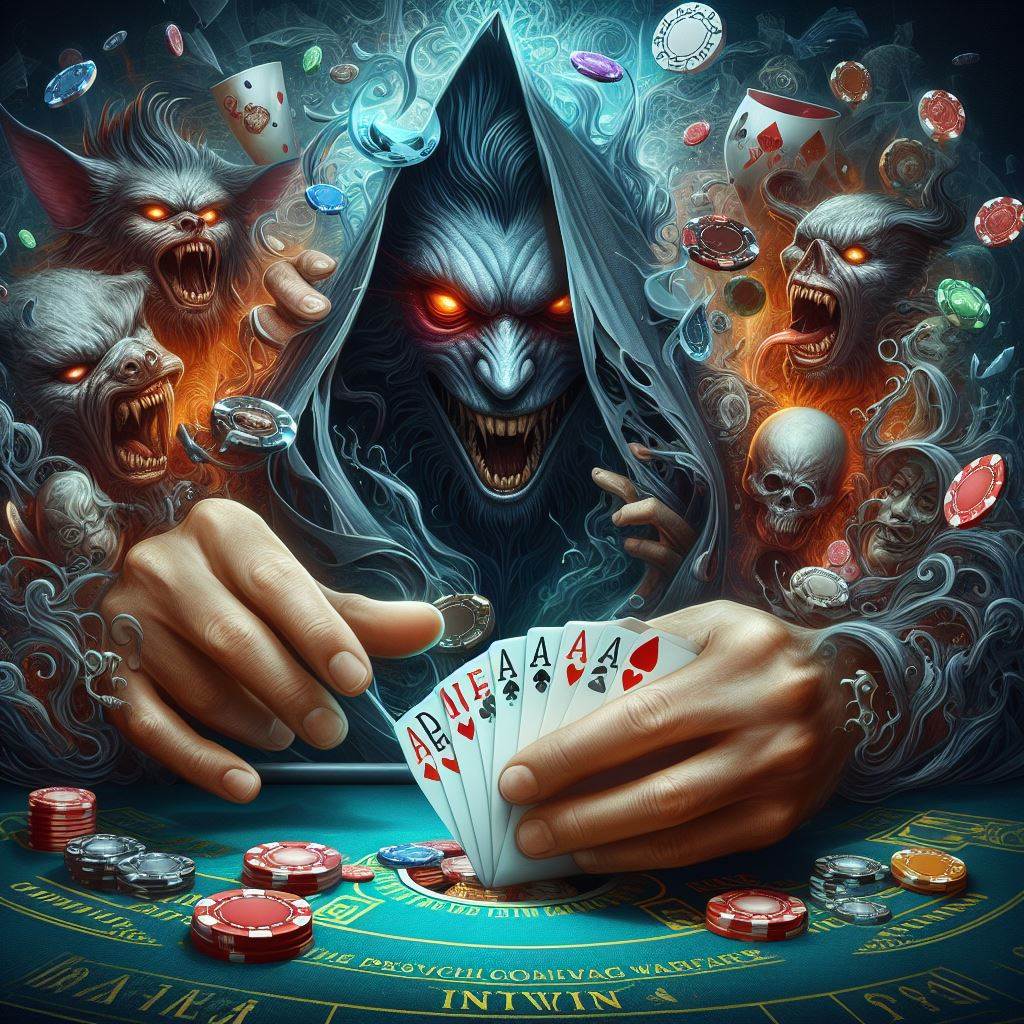The term “poker face” is as synonymous with the game of poker as the cards themselves. It signifies the impassive expression players adopt to conceal their emotions and intentions. However, Poker Face Unveiling the Psychological the concept of psychological warfare in poker runs much deeper than simply masking one’s feelings. This article explores the intricate psychological dynamics at play in casino poker games, detailing the strategies players use to gain mental and emotional advantages over their opponents.
Poker Face Unveiling the Psychological
At its core, poker is a game of incomplete information. Players must make decisions with limited knowledge about their opponents’ hands. This fundamental aspect of the game makes psychological tactics not just useful, but necessary. Emotion plays a crucial role here; the ability to control your own emotions and read those of others can provide a significant edge.
Controlling personal emotions means maintaining a calm demeanor regardless of the situation. Whether you’re dealt a bad hand or hit a lucky streak, the goal is to give nothing away that could inform your opponents’ decisions. Conversely, Poker Face Unveiling the Psychological reading others’ emotions involves observing changes in behavior, betting patterns, and physical expressions to gauge their confidence, nervousness, or bluffing.
Psychological Strategies in Poker
1. Bluffing: The most famous psychological tactic in poker is bluffing—betting strongly on a weak hand to convince opponents you have a strong one. Successful bluffing convinces other players to fold superior hands, thereby winning pots you might otherwise lose. The effectiveness of a bluff, however, heavily depends on the believability of the story you tell through your betting patterns and body language.
2. Semi-Bluffing: This is a less risky form of bluffing, where a player with a drawing hand bets aggressively in hopes of picking up the pot immediately but can still improve to the best hand if called. Semi-bluffing allows you to win the pot two ways, either by everyone folding or by making your hand on a later street.
3. The Check-Raise: A deceptive move designed to lure opponents into a trap. By checking early, a player can feign weakness, encouraging their opponents to bet, only to raise their bets later in the round. This can increase the size of the pot and possibly drive out weaker hands that might have improved if allowed to see more cards.
Managing Table Image: Poker Face Unveiling the Psychological
Your table image—how other players perceive you—can be a powerful tool in psychological warfare. Players known for being tight (conservative) can sometimes bluff more effectively because their bets are taken more seriously. Conversely, those seen as loose (frequent bettors) may find it easier to receive calls on their strong hands. Managing and sometimes altering this image is a key strategic depth in poker psychology.
Psychological Endurance
Long poker sessions require not just physical stamina but also mental resilience. The ability to remain focused and analytically sharp for hours, often late into the night, demands psychological endurance. This includes managing stress, combating fatigue, Poker Face Unveiling the Psychological and staying mentally agile to adjust strategies as the game evolves.
Conclusion
The psychological warfare of casino poker is subtle yet profound. It intertwines with the technical skills of the game to create a challenging competitive environment. Mastering the psychological elements of poker—from maintaining a poker face to executing complex bluffs and managing your emotional responses—can elevate your game significantly. Understanding and manipulating the psychological underpinnings of poker is not just about playing the game; it’s about playing the minds across the table.


